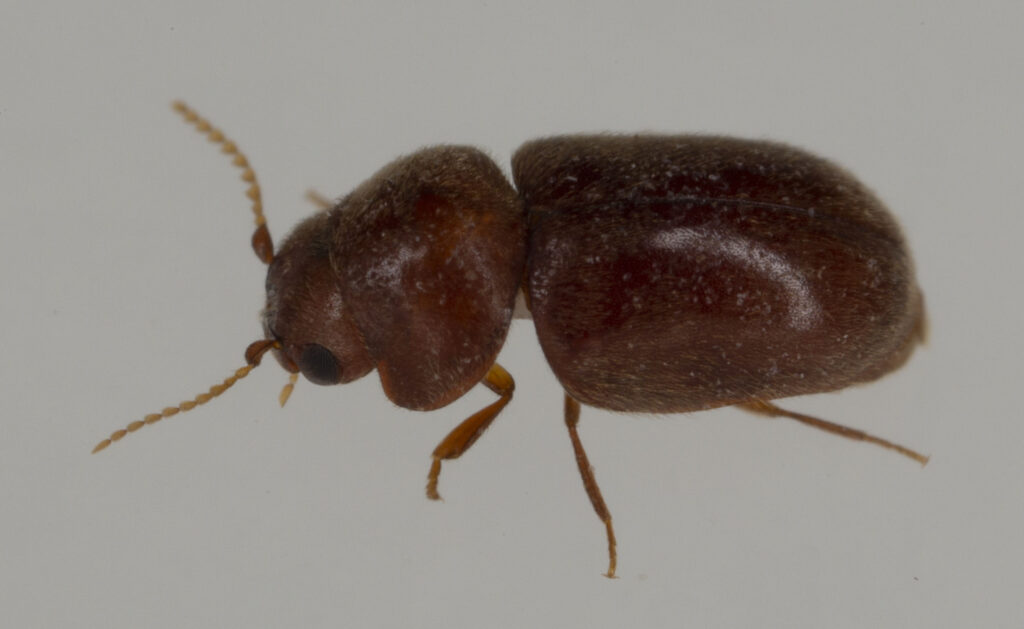Nuisance wildlife and pest insects

-
The owner or titleholder of premises or an area is responsible for ensuring that the conditions remain unfavourable for rats and other nuisance wildlife and, if necessary, that nuisance animals in their area are destroyed. No food or nesting sites should be available for nuisance wildlife. For example, this means that waste management of the premises and bird feeding are conducted as appropriately as possible. Attention should be paid to protecting buildings and preventing access to rodents and birds. In a housing company, observations of any nuisance wildlife or inappropriate behaviour by residents should be reported to the management company.
The availability of the most potent and hazardous pesticides (including rat poisons) is today restricted. Traps intended for controlling rodents can be found in standard, well-equipped shops. When controlling birds experienced as a nuisance, any protection orders of birds or their nests should be taken into consideration.
-
Insects sometimes end up indoors. Most of them are harmless to humans, even if their occurrence is annoying. Some of them are classified as pest insects that may spoil foodstuffs and textiles or even sting or bite people. Some insects may spread from one flat to another. In a housing company, observations of insects should be reported to the management company.
You can often destroy pest insects by your own actions, for example by means of thorough cleaning, disposing of foods colonised by pest insects or using an insecticide, but sometimes it is advisable to resort to professional help. When assessing control measures, it may make sense to start from finding out the species of the insect in question.
Insecticides can be found in standard, well-equipped shops.
Samples of pest insects can be brought to the Environmental Health Services for identification. The sample should be undamaged and preferably alive. The best way to keep samples is in a glass or plastic container with a lid.
Contact details of companies specialising in pest control can be found on the Internet by searching for ‘pest control’.
-
Mikko Raatikainen
Environmental Health Inspector
Environmental Health Services